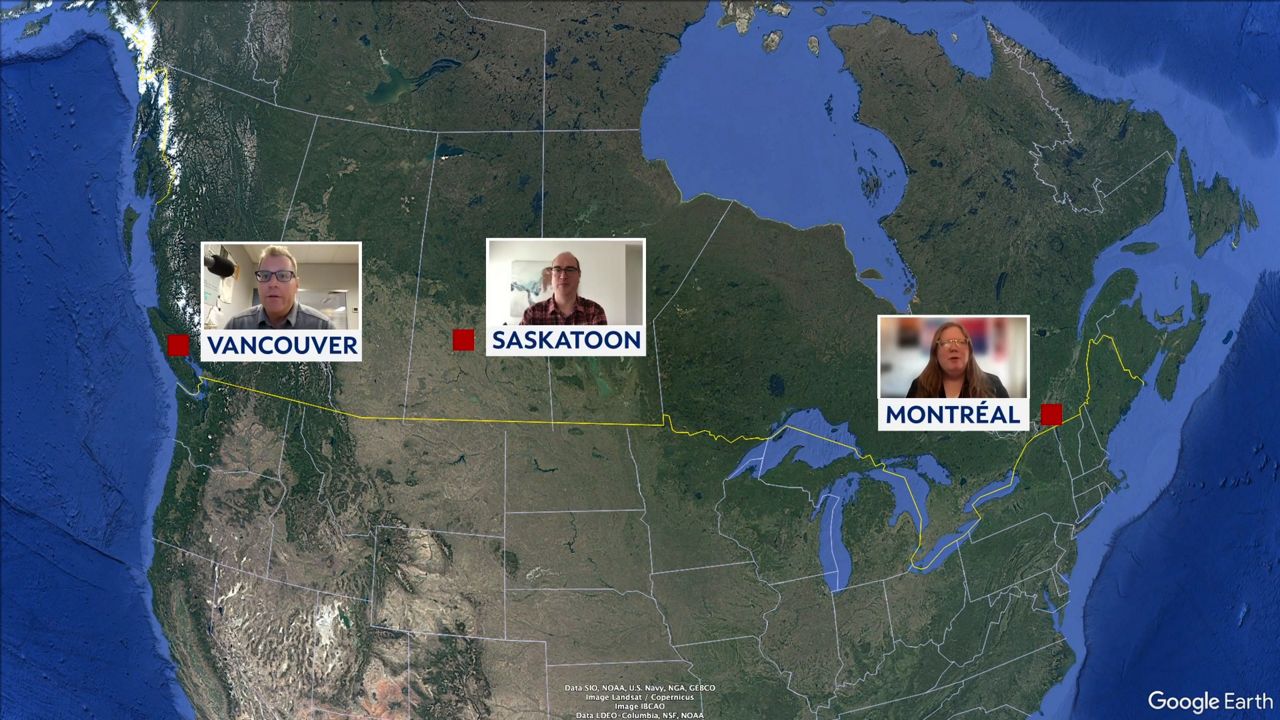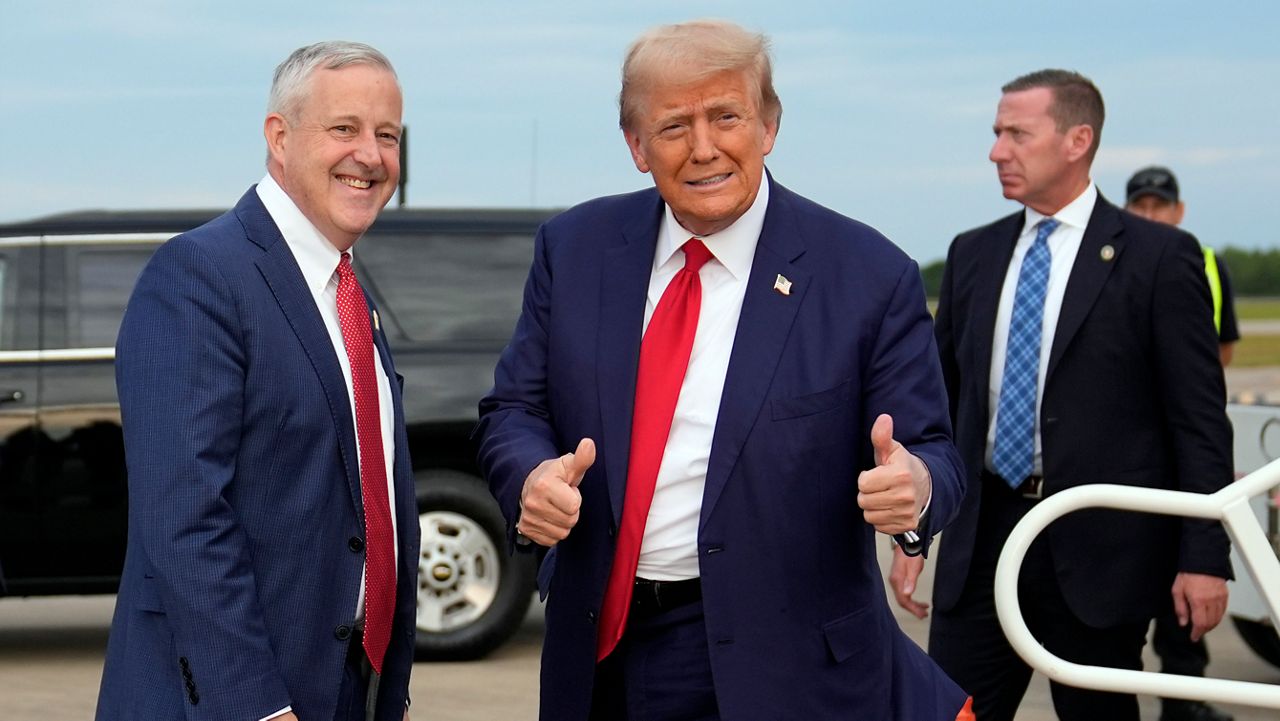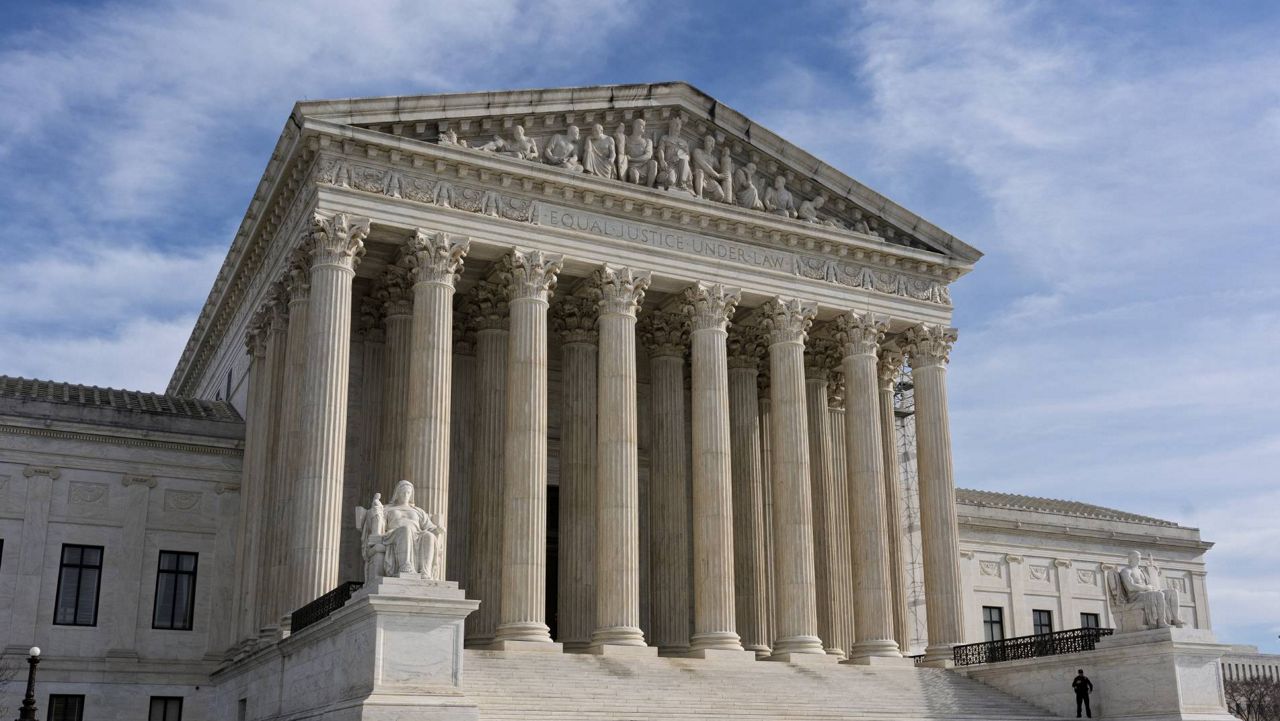Coca-Cola is changing how it packages some of its popular beverages in order to better “support a circular economy for plastic packaging,” the company wrote in a statement on Wednesday.
One of those changes will impact Sprite's iconic green bottle, which will be discontinued after nearly six decades on the market. Starting August 1, the bubbly beverage will be served in clear plastic bottles to boost its chances of being recycled into other containers after their initial use.
The new Sprite bottles will also be adorned with revamped packaging to “provide a consistent look and voice around the world,” and will contain the classic green color as well as prominently-displayed “Recycle Me” logos.
In the coming months, all of Coca-Cola’s beverages that are typically packaged in green bottles – which includes Fresca, Seagram’s and Mello Yello – will transition to similar clear, PET plastic.
“Taking colors out of bottles improves the quality of the recycled material,” Julian Ochoa, CEO of R3CYCLE, a partner company to Coca-Cola’s effort, wrote in a statement. “This transition will help increase availability of food-grade rPET. When recycled, clear PET Sprite bottles can be remade into bottles, helping drive a circular economy for plastic.”
Already, Coca-Cola has rolled out clear bottles for the lemon-lime flavored beverage in major markets like Western Europe and Southeast Asia, and some varieties – like sugar-free – are only available in similarly clear plastic.
The beverage purveyor will also make changes to its DASANI water bottles. In the United States, a “majority” of DASANI bottle sizes will be made from 100% recyclable plastic, save for the multi-colored bottle caps; the same change will be made for all of DASANI bottles sold in Canada.
Coca-Cola announced several years ago a global “World Without Waste” campaign in which it aims to recycle a bottle or can for each one that it sells by 2030, part of an effort to decrease its environmental impact, and in 2021 said all U.S. bottles would be made from 100% recycled material.
Still, most single-use plastic materials end up in landfills, and the United Nations estimates up to 85% of global plastic packaging used for beverages and food containers become “unregulated waste.”
It is for that reason, in part, that Coca-Cola executives believe changing Sprite’s ionic packaging is for the best.
“Consumers are startled by change sometimes, and we are prepared to hear our consumers discuss it,” A.P. Chaney, creative director at The Coca-Cola Company, told AdWeek in a statement. “But we know this is the right way to move forward with the brand.”






_crop)

